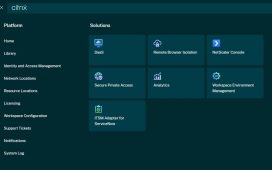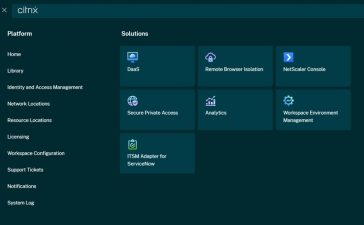Microsoft wants to know how many out-of-support copies of Office are installed on Windows PCs, and it intends to find out by pushing a patch through Microsoft Update that it swears is safe, not that you asked.
Quietly mentioned in a support post this week, update KB5021751 is targeting versions of Office “including” 2007 and 2010, both of which have been out of service for several years. Office 2013 is also being asked after as it’s due to lose support this coming April.
“This update will run one time silently without installing anything on the user’s device,” Microsoft said, followed by instructions on how to download and install the update, which Microsoft said has been scanned to ensure it’s not infected by malware.
“Microsoft scanned this file for viruses by using the most current virus-detection software that was available on the date that the file was posted. The file is stored on security-enhanced servers that help prevent any unauthorized changes to it,” the Windows giant said on the update notice page.
No restart is needed after installation, Microsoft said.
Are you ready for your mystery update?
Microsoft’s description of its out-of-support Office census update leaves much to the imagination, including whether the paragraph describing installation of the update, directly contradicting the paragraph above, is simply misplaced boilerplate language that doesn’t apply to KB5021751.
Also missing is any explanation of how the update will gather info on Office installations, whether it is collecting any other system information or what exactly will be transmitted and stored by Microsoft.
Because the nature of the update is unclear, it’s also unknown what may be left behind after it runs. Microsoft said that it is a single-run, silent process, but left off mention of traces of the update that may be left behind.
Ultimately, it’s expected to phone home to Microsoft to let the mothership know if you’re running an old Office.
Microsoft also failed to mention what it intends to do with the data it collects from the update, though one can guess.
We’ve posed all those questions to Microsoft, and we’ll update this story if they respond.
Opting out
Those uncomfortable running an update that’s gathering and transmitting unknown system info to Microsoft aren’t out of luck, provided you’re comfortable doing some Windows troubleshooting. Microsoft’s Show or Hide Updates troubleshooter for Windows 10 and 11 is available as a download from Microsoft, and while designed to disable updates that repeatedly fail to install or are causing issues, it can also be used to disable undesired ones from being installed.
Disabling any update can have unforeseen consequences so this, obviously, is done at your own risk. The Register isn’t recommending you disable Windows updates if you normally routinely or automatically install them – we’re only pointing out that it’s an option.
We know that a lot of you go through a cycle of testing updates before deploying them, anyway, for reasons obvious to any Windows admin. ®









